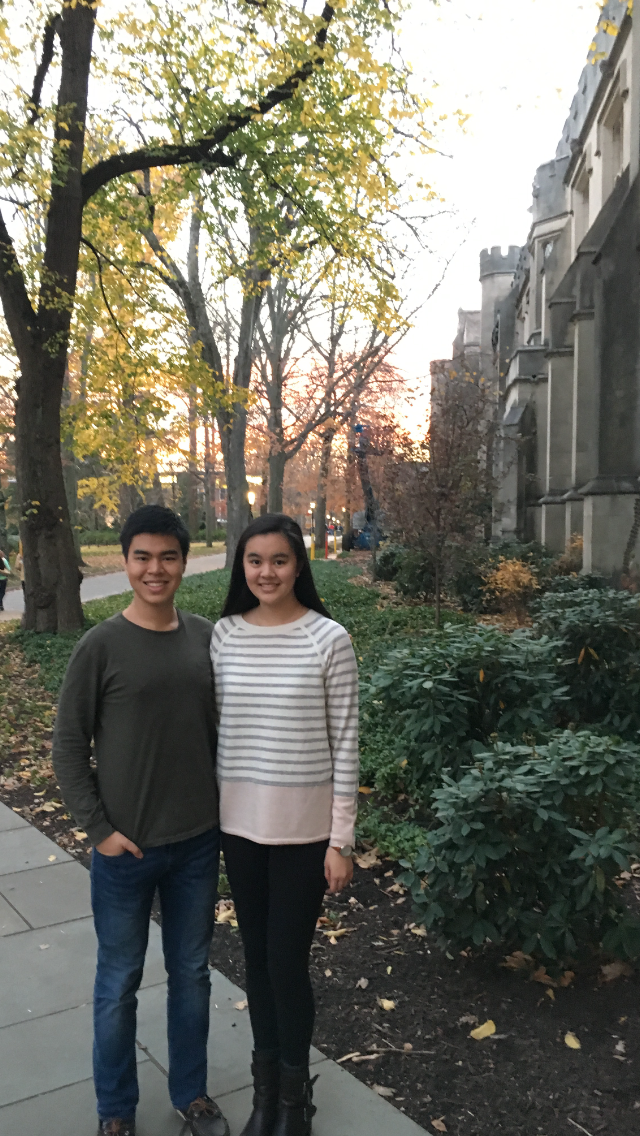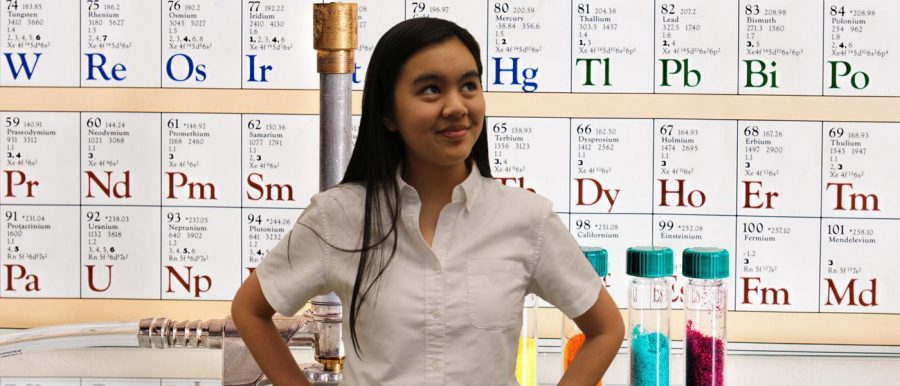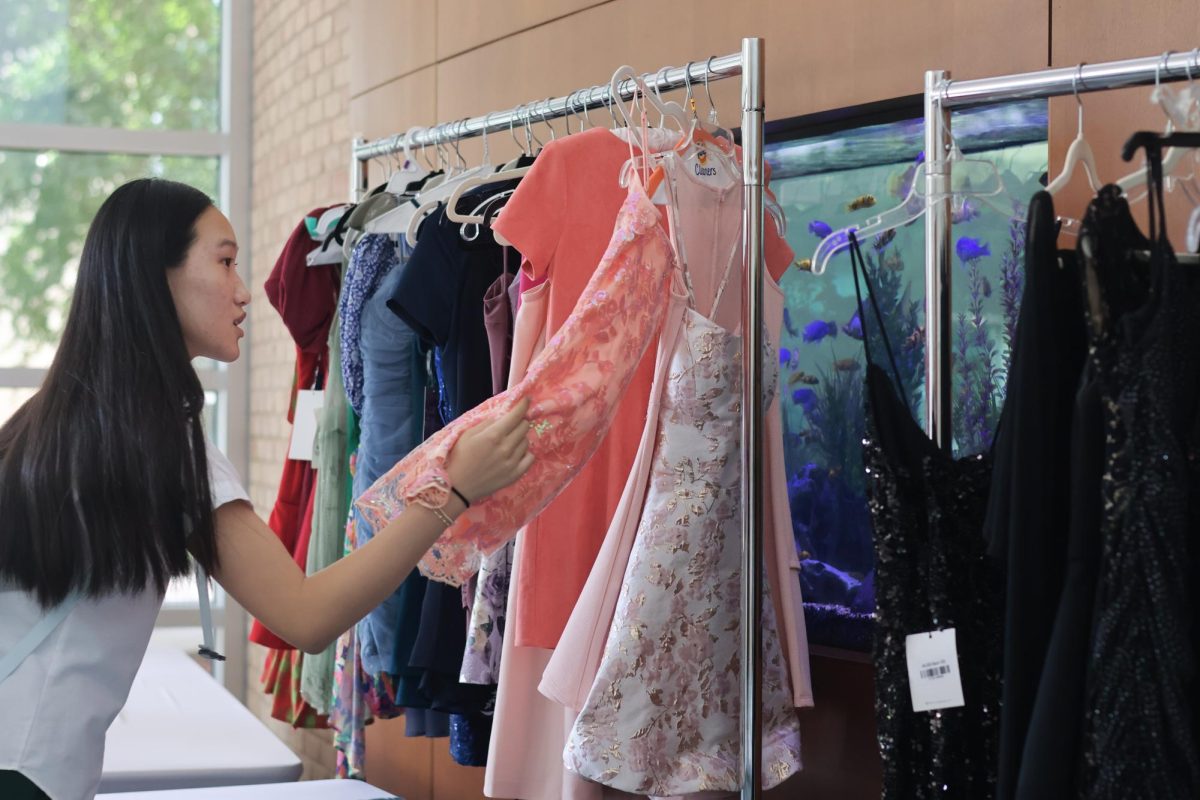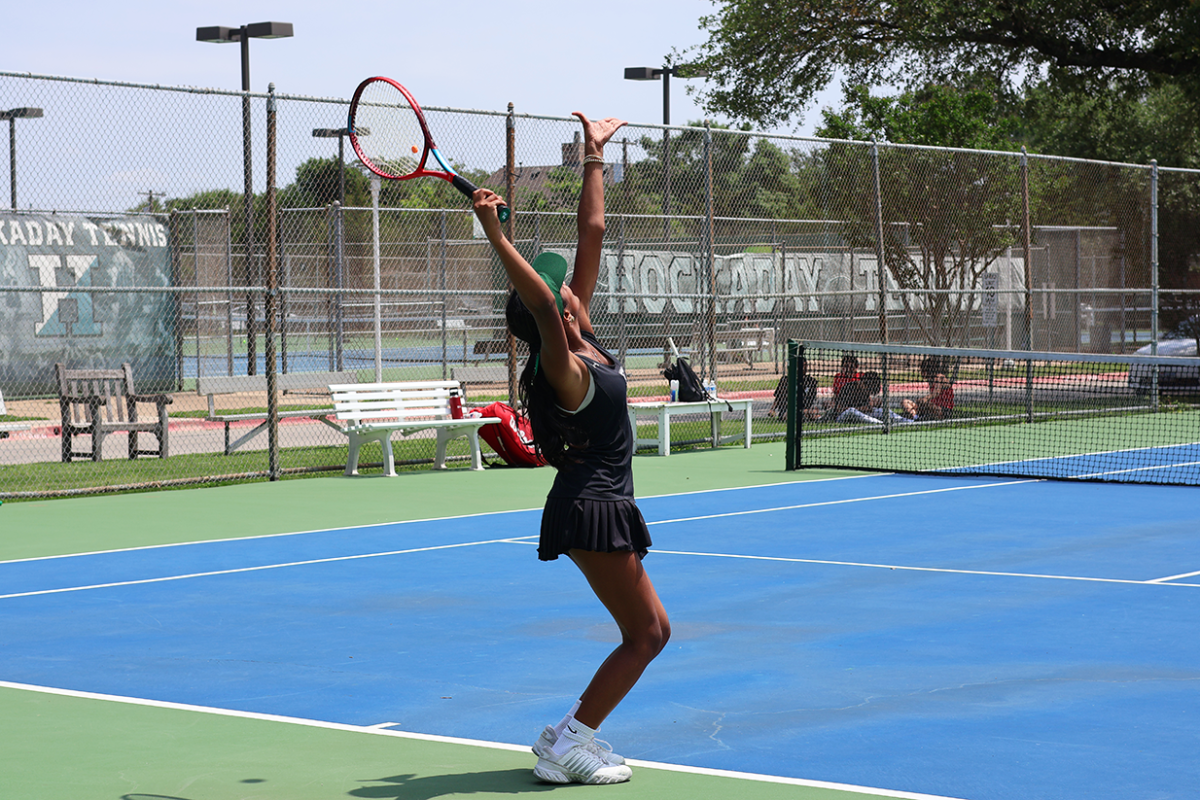After competing at the Princeton University Math Competition and Princeton University Physics Competition two weeks ago, I left with a lingering observation: there were so few girls at both competitions. Out of all of the students who competed for the state of Texas, I was the only girl. While walking to testing rooms, eating lunch with other competitors and waiting for the awards ceremony, I noticed that there seemed to be one girl for every 30 boys.
Before the competition, I was chatting with the mother of one of my PUMAC teammates. She said to me, “I am so glad you are competing here today, and I am rooting for you! We need more girls in math!”
I couldn’t agree more. I am often asked what it feels like to be a female in the male-dominated world of competitive math and science. This is what it feels like: You see head-turns and stares when you enter the testing room, as if you walked into the wrong room. You get questions like, “Are you competing here today?” even when you are sitting with the rest of the competitors. You have people tell you, to your face, that you only won because certain boys didn’t compete in your category.
You always feel pressured to perform well, not only for yourself, but also, secretly, to prove that you are not just “the girl” who can’t contribute or win.
These have all happened to me, and it is for this reason that I wish to share my experiences with the Hockaday community and beyond. Although we have made considerable progress in recent years, women are still drastically underrepresented in STEM, holding about a quarter of all STEM jobs despite making up about a half of the U.S. workforce. We see this under representation across the board, from the 31 percent gender wage-gap for STEM-related jobs all the way down to high school competitions.
Sunday, Nov. 13, 2016: Dallas Teen Science Café with Professor Sibert

At the beginning of the event, I made the introductory speech before we played a Kahoot trivia game on chemistry.
After a strong turnout and response from our first event in October (we had 44 students in attendance), the Dallas Teen Science Café steering committee hosted its second-ever event on Nov. 13. For more information about the first event, please read my first blog post here. For this event, associate professor at the University of Texas at Dallas John Sibert, Ph.D., spoke to us on the topic “The Mighty Atom: From Discovery to Molecular Architecture.” In addition to traveling extensively for his work and research, Sibert engages in a host of other exciting activities including editing the scripts of science-based television shows.

Professor Sibert discusses the importance of passion fueling hard work.
During his talk, Sibert discussed compelling topics ranging from scientific discrepancies in movies like “Starship Troopers,” which features anatomically-impossible massive beetles; to the high percentage of Texas voters who think dinosaurs roamed the Earth at the same time as humans; to the common perception that science is too “hard.” Additionally, Sibert brought eye-catching demonstrations, one of which entailed exploding a hydrogen-filled balloon with a flame.

The balloon, about to make contact with the flame, is seconds away from exploding.
Students from a variety of private schools and school districts, including the Dallas and Fort Worth Independent School Districts, attended the Café. I was pleased with our November event, and I am excited for our remaining three events. Our next event is on Jan. 15, 2017 with Ira Greenberg, a professor in Aesthetics and Computing at Southern Methodist University.
As this is the Café’s inaugural year, I have been thinking about what our impact on the Dallas educational community has been and could be. The results of a survey we sent out to attendees after the November event speak for themselves on what is truly exciting and inspiring about the Teen Science Café. In the fill-in-the-blank question “Before this program, I thought science was…” and “But after this program, I think science is…”, about 54 percent of the responses demonstrated a positive change in attitude toward science. One student’s response changed from “Boring” to “Cool,” while another’s changed from “OK because I don’t get good grades” to “I like it. Interesting!”
For me, this is the highlight of the Café: the opportunity to spread my love for STEM.

Students enjoy Professor Sibert’s lecture in the Dallas Zoo’s Flamingo Room.
Saturday, Nov. 19, 2016: Princeton University Mathematics Competition, Princeton University Physics Competition
On the Friday before Thanksgiving break, I flew to Princeton, New Jersey to compete in the Princeton University Mathematics Competition and the Princeton University Physics Competition. These are two of the most prestigious math and physics competitions in the nation, bringing together hundreds of top mathletes and physicists from around the world.
For PUMAC, I competed in a team of seven people. The other six students were mathletes from around Texas that I met through the American Regions Mathematics League. This is a national competition held each summer in which each state invites 45 students to represent the state. My teammates were: Sean Elliott, Jackson Hall, Jay Leeds, Alex Segesta, Jonathan Shoemaker and Nicholas Tsao.

Our team meets the morning of the competition. (Not pictured: Jay Leeds, Alex Segesta)
Prior to the competition, our team worked on the Power Round, a proof-based collaborative test. Then, on Saturday at 9:45 a.m., the Individual Round began. We could choose to take two one-hour tests from four subjects: Algebra, Combinatorics, Geometry and Number Theory. (I took Combinatorics and Geometry).
Afterwards, our team worked together on the Team Round. This round was unlike any other I had ever experienced during my competition career: for every question you answered, you waged a certain number of tokens ranging from 0 to 100 based on how sure you were of your answer. If you were 100 percent sure, for example, you could wage 100 tokens, which meant that you would gain many points if your answer was right but would also lose many if it was wrong.

This blackboard displayed directions for PUPC as well as testing instructions.
After a Qdoba lunch, I went to compete at PUPC, which was very interesting but also quite challenging. This was a 1.5 hour exam consisting of three problems, which contained about seven sub-parts. Here is an example of one of the sub-parts:

This was part (g) of Problem 1.
At 5 p.m., our team competed together in the Live Round. All teams gathered in a large lecture room and were faced with three waves of questions. Each team had a designated runner who would retrieve a set of questions, hand the questions to the team and later return to turn in the team’s answers. All answers were graded in real-time, and each team’s score was displayed on a scoreboard at the front of the room.

PUMAC competitors solve math problems as fast as they can during the Live Round. Can you spot my team?
These were both very memorable competitions: apart from the added bonus of spending time with my brother, Raymond, who is a sophomore at Princeton, as well as seeing other Texan mathletes that I only see at competitions like these several times a year, the depth and difficulty of these exams deepened my appreciation for the simultaneous elegance and complexity of math and science.

My brother Raymond, a sophomore at Princeton, showed me around the campus on Saturday.

All of the PUMAC competitors sit in lecture room McCosh 50 after the Live Round.
– Elizabeth Guo – Copy Editor













